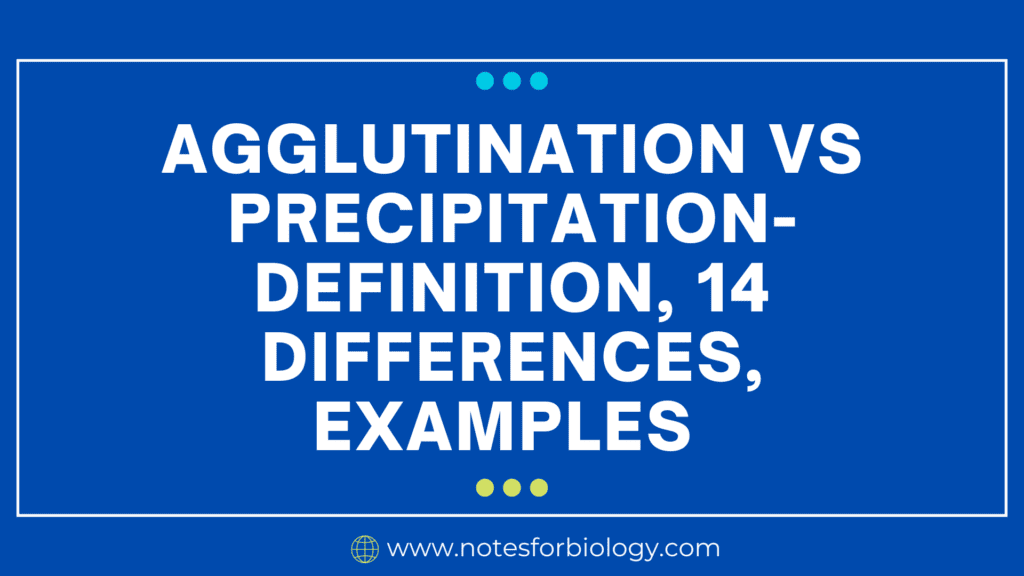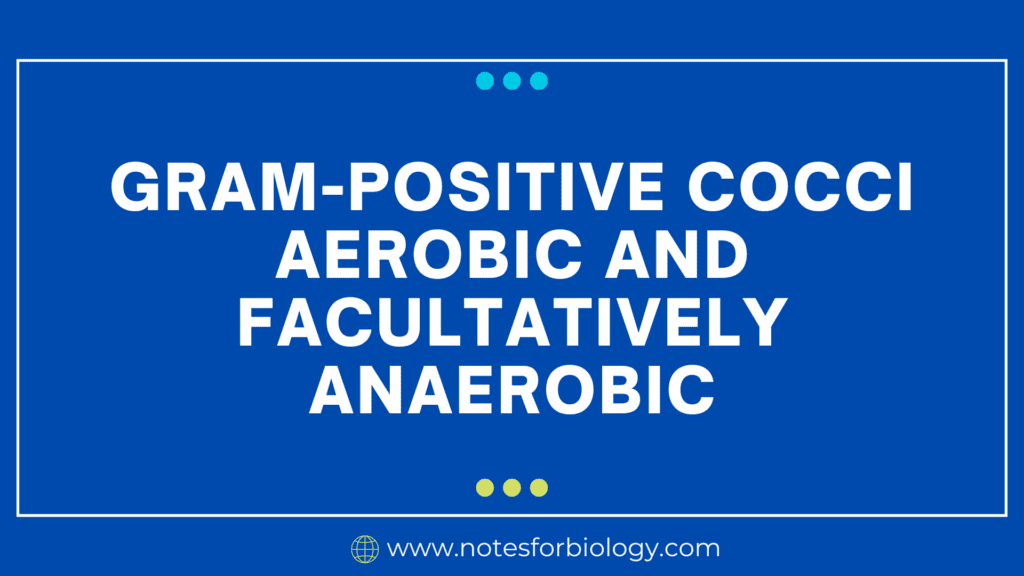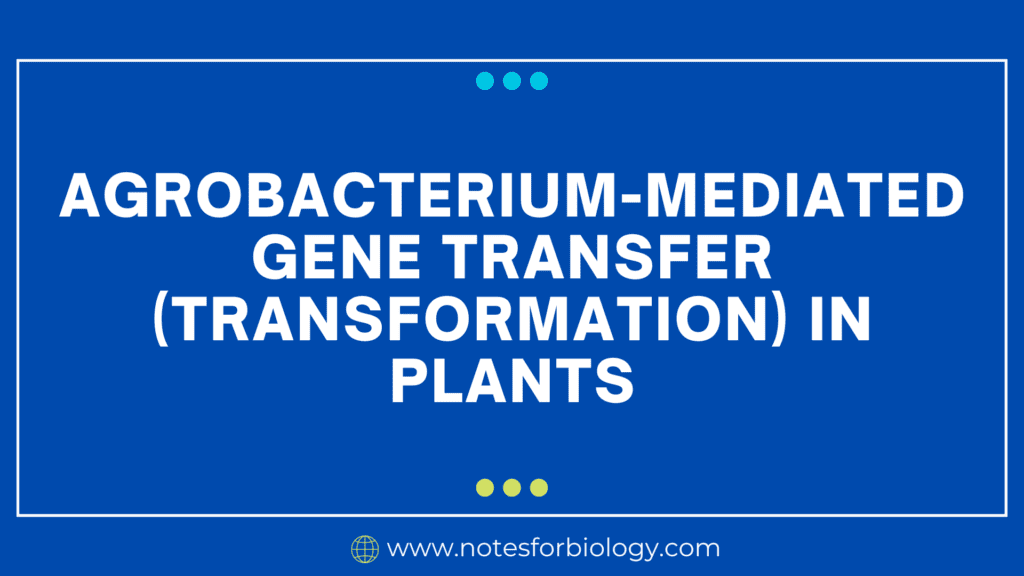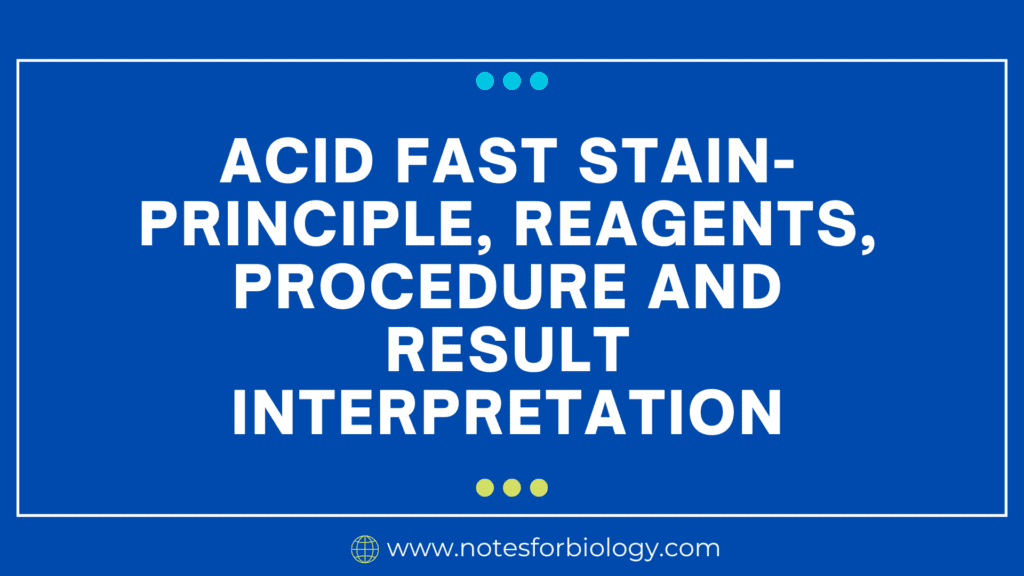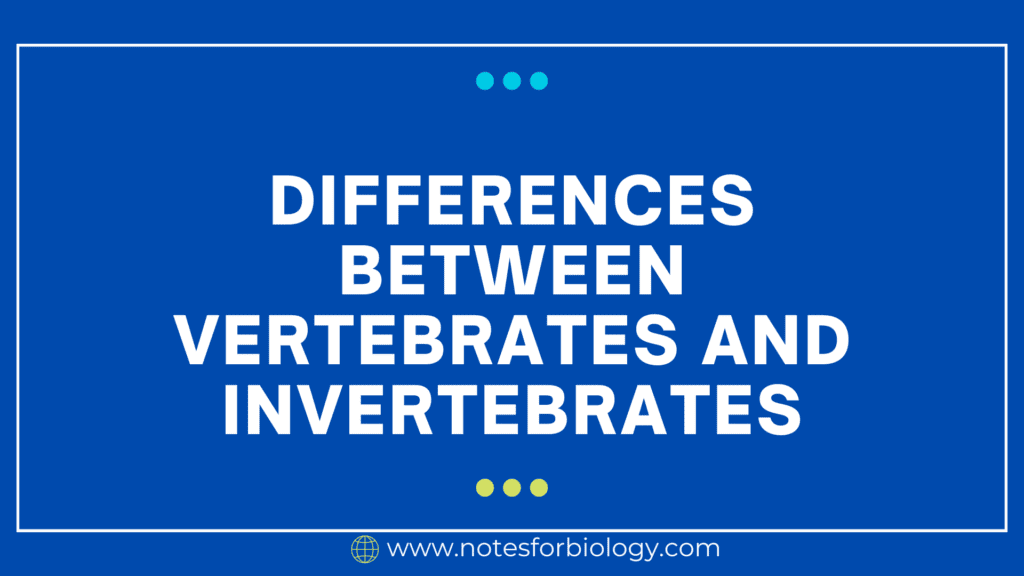Agglutination vs Precipitation- Definition, 14 Differences, Examples
Agglutination vs precipitation are both immunological reactions that occur when antigens and antibodies interact, but agglutination vs precipitation differ in terms of their procedures, results, and uses. Here is a thorough comparison: Definitions: Agglutination Clumping of particles is known as agglutination. This process happens when particulate antigens, including cells or insoluble particles, attach to antibodies […]
Agglutination vs Precipitation- Definition, 14 Differences, Examples Read More »

